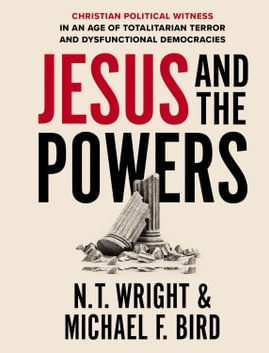- Pardon me for noticing:
- And:
- But if I post this, preceded by a thread title:

My thread gets taken down???
“Let your conversation be always full of grace, seasoned with salt, so that you may know how to answer everyone.” -Colossians 4:6
This is a place for gracious dialogue about science and faith. Please read our FAQ/Guidelines before posting.